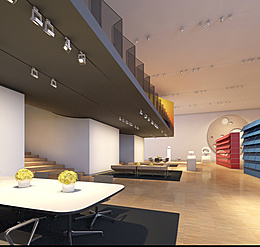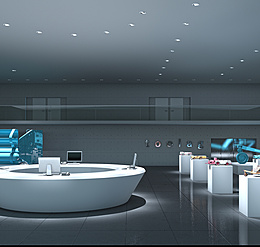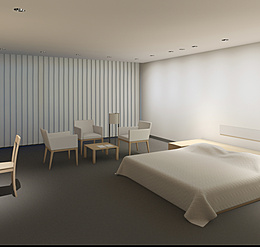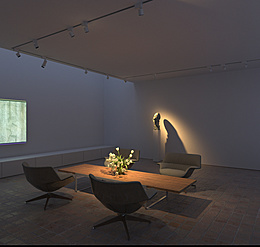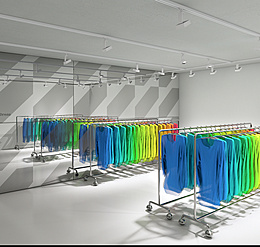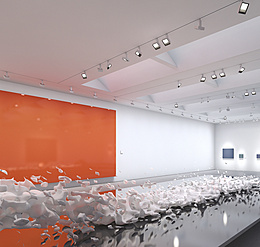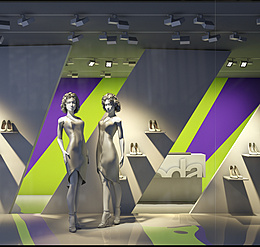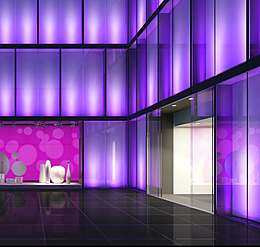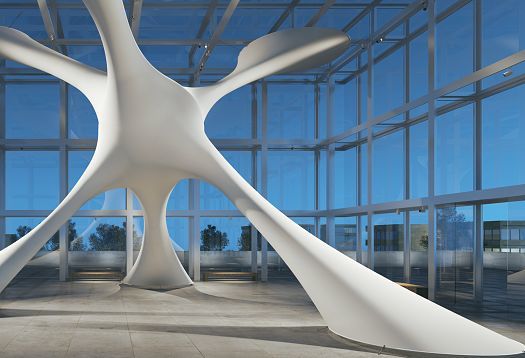
Light can be used to express the shapes of angular and curved rooms or objects in many different ways. The range extends from conventional to expressive concepts. By altering the progression of light and shadow, shapes can be made less three-dimensional, strikingly contoured or exaggerated to give a scenic effect. Wallwashers produce very good uniformity across flat surfaces, while wide, flooding light distributions are ideal for organic shapes. Narrow-beam luminaires are often used as a means for contouring.








